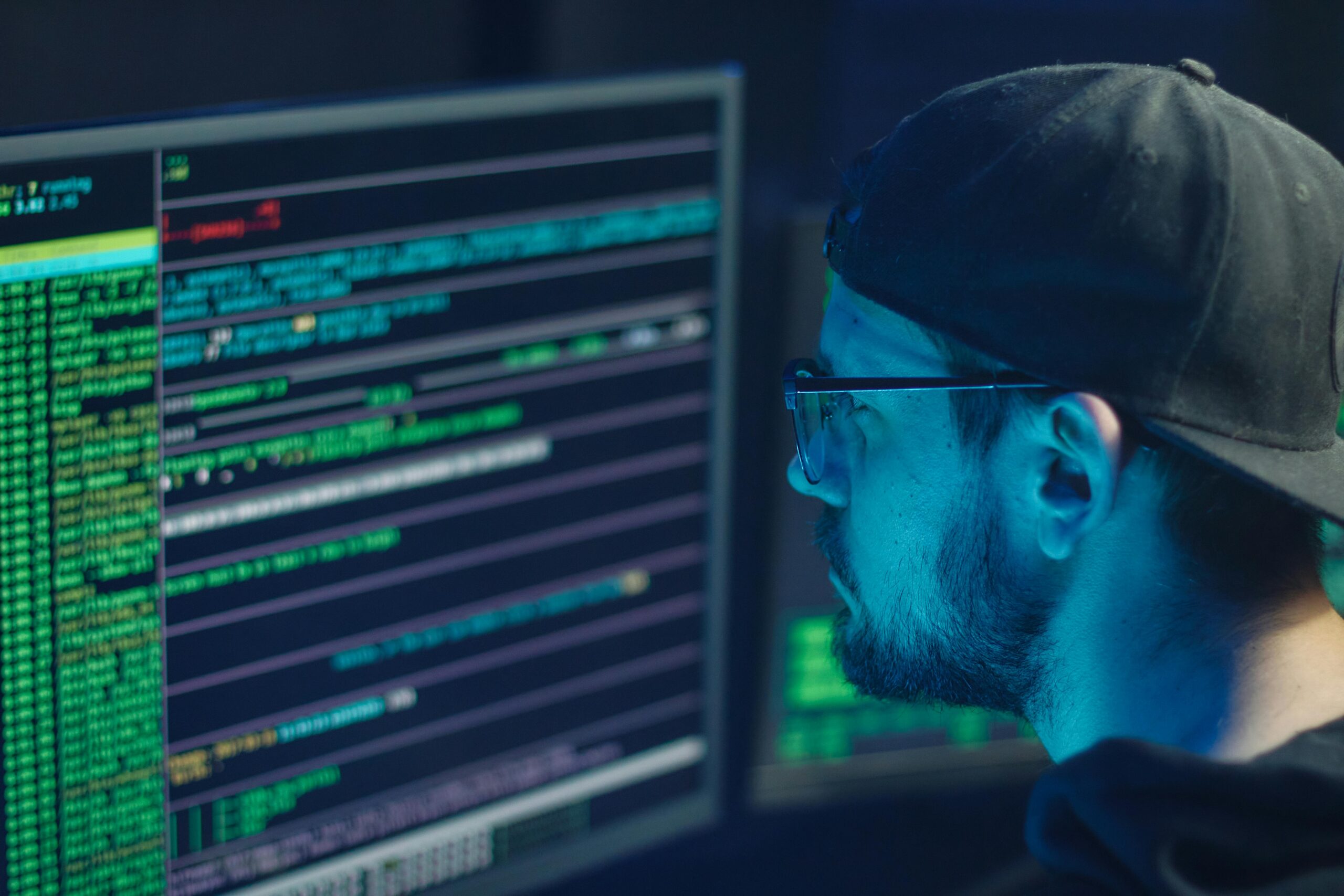Remote work has become a permanent habit and a great advantage for knowledge workers all around in the digital age. Many of the employees choose flexible working schedules that let them operate from home, if not from anywhere.
According to recent projections, about 32.6 million Americans would switch to remote work by 2025, which calls for a major modification in team performance and accountability. Companies can boost output by using improved transparent systems instead of micromanaging, therefore avoiding the negative effects. These systems, however, can cause staff members to feel “big brother” overreach and develop animosity. Let’s go over some crucial issues using remote working software.
A company trying to implement remote working software to monitor and control output has to be aware of natural data security strategies and confidentiality issues. To develop trust, follow laws, and improve workplace dynamics, the paper emphasizes the need of giving data security and privacy in remote work monitoring systems like Controlio.
Recognizing Data Security Risks in Systems of Remote Work Tracking
Remote job monitoring presents a challenging approach since you want the application to automatically track abnormalities. Whatever program you select, it entails compiling and evaluating sensitive data about employee activity during business hours.
These systems also bring security flaws that might compromise the confidentiality, dependability, and accessibility of corporate and personal information. With software that “runs in the background,” data breaches and illegal access are always a threat.
Strong Data Security and Privacy Indicators
Entities must adopt best practices if they want to negotiate the difficulties and protect the security and quality of data inside remote monitoring systems. During storage and transmission, the software supplier has to safeguard sensitive information using encryption methods.
The frequency of program upgrades is another solid evidence that remote work monitoring software is ahead of the cybersecurity curve. Especially upgrades that strengthen the robustness of the system by fixing found flaws.
Finally, search for businesses with a history or road map to include features and regular audits. Unlike some vendors that create a one-trick pony and subsequently concentrate all their resources on sales and marketing, these teams are building with the end in mind.
Approaches for Safeguarding Privacy and Data Security
Organizations have the chance to strengthen data in remote work monitoring systems beyond simple rules. Combining total encryption from beginning to end guarantees that private data stays locked, unreadable all the way from sender to receiver. This lowers the possibility of it being opened by rogue agents or intercepted.
Multi-factor authentication is MFA. Although weak passwords can be readily cracked using hacks, hacking becomes more challenging when there is a second authentication mechanism. You want a tool requiring users to authenticate their identification using SMS codes or facial recognition, therefore adding still another degree of protection.
Creating “pictures” of the data instead of “video” is another method these technologies help to safeguard its contents. Companies greatly minimize the volume of sensitive data they retain by gathering just the most important bits of information, therefore lowering the risks and accelerating their processes.
Following Data Protection Rules
Apart from including organizational and technical security measures, businesses have to follow data protection regulations as the California Consumer Privacy Act (CCPA) and the General Data Protection Regulation (GDPR).
These laws define responsibilities around the access and storage of personal data. This holds true of information obtained by systems of remote work monitoring. Make sure the software providers you rely on follow these kinds of guidelines to protect you from liabilities.
Obstacles in Guaranteeing Privacy and Data Security
Particularly on the issue of remote work monitoring systems, data security and privacy preservation provide major difficulties for companies. Among these challenges include maintaining privacy requirements, balancing data access with regulatory compliance across several tools and systems.
Organizations also have to consider how organizational dynamics and culture shape data security policies. Obstacles to development can include a poor knowledge of security concerns or opposition to change. The human element is usually the one causing the most security concern in every system.
Teaching Staff Members Data Security Best Practices
Companies should ultimately be aggressive in teaching their employees data security measures and threats. Everyone gains when staff members learn how to identify phishing attempts and different security dangers.
Create an environment in which awareness of data security is prized. Encourage prompt staff members to think through data security and confidentiality in their daily activities, therefore fostering a shared obligation to protect private information.
Last thoughts
Trust and confidence between companies and their employees depend on data security and confidentiality being maintained inside remote work monitoring solutions. By means of a dedication to best practices, training, and leveraging appropriate software vendors, companies can lower security vulnerabilities and expedite daily operations. Basically, giving the integrity and confidentiality of data top priority in remote work monitoring systems is not only a matter of legal and moral responsibility; it also is a fundamental component of workforce moral trust and teamwork.



